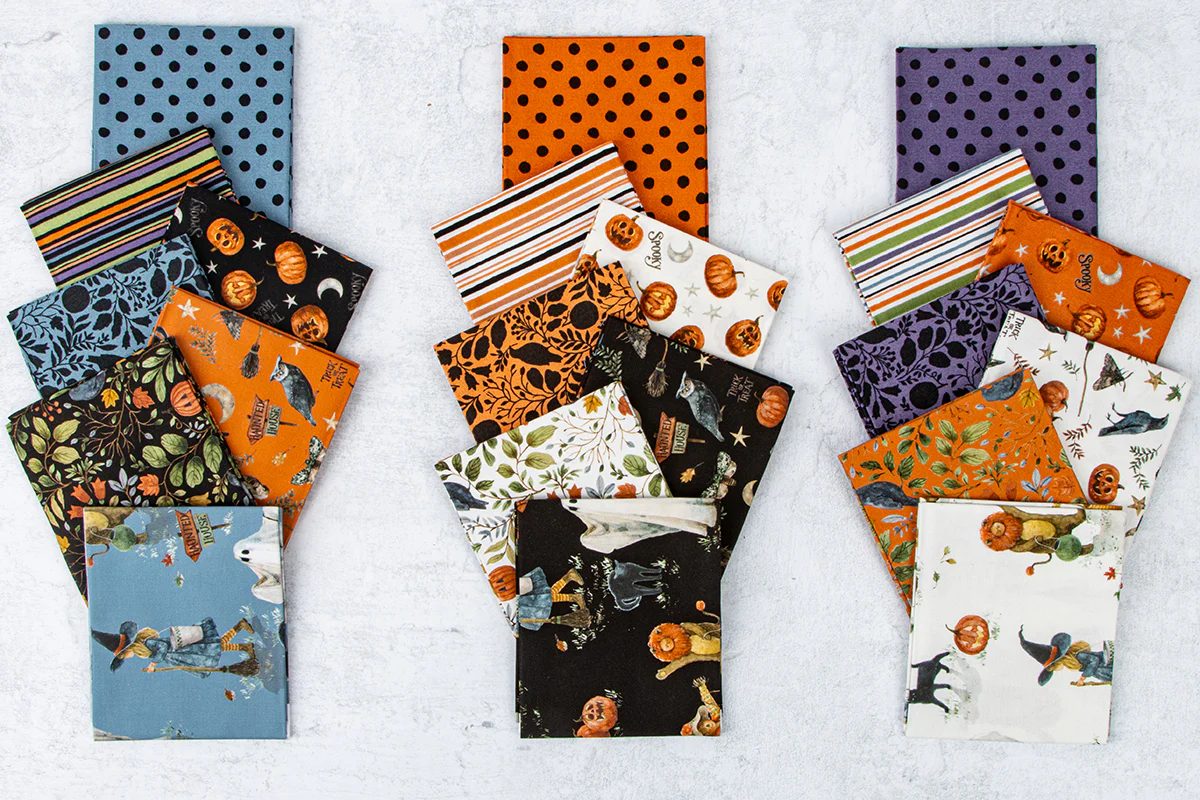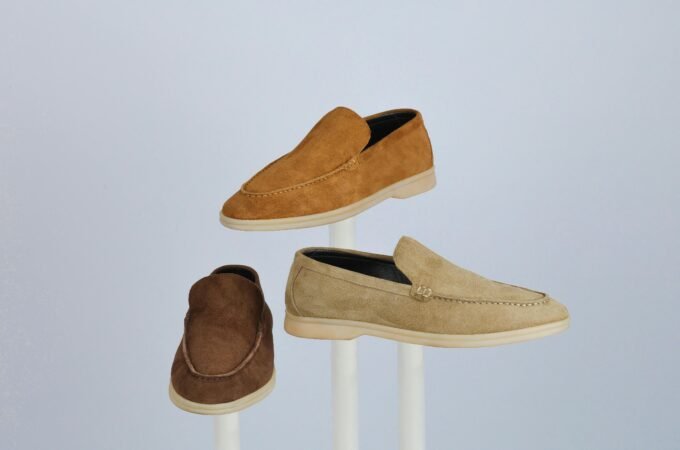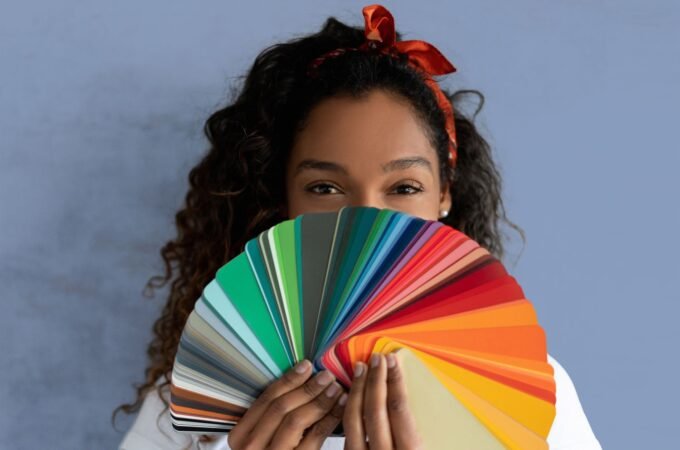
Explore the Best Quilt Fabric Store for Unique Designs and Quality Materials
Unveiling the Magic: What Makes a Quilt Fabric Store Stand Out
Quality Over Quantity: The Fabric That Tells a Story
When it comes to quilt fabric, quality is paramount. The most enticing quilt fabric stores curate their collections meticulously, selecting high-quality materials that not only look beautiful but also promise durability and longevity. It’s important to recognize that fabric tells a story, often defined by its origins, manufacturing processes, and the people behind it. Quality fabrics are usually produced from specific types of cotton or blends, ensuring they feel luxurious against the skin while standing the test of time, even after multiple washes. Understanding the nuances of fabric qualities can make all the difference in your quilt-making journey.
Moreover, quality fabrics contribute significantly to the overall aesthetic of a quilt. They drape beautifully, hold their shape well, and retain vibrant colors after repeated exposure to light and washing. Therefore, when choosing a quilt fabric store, look for those that prioritize sourcing their products from reputable manufacturers known for their ethical practices and sustainable methods. After all, in the crafting world, investing in quality fabric is synonymous with investing in the heritage of the craft itself.
Unique Designs: A Journey Through Art and Craftsmanship
The best quilt fabric stores aren’t just about bolts of cloth; they are galleries of design and craftsmanship. Unique fabrics often incorporate stunning prints that reflect artistic influences from various cultures, nature, and historical periods. Designers of quilt fabrics are increasingly pushing boundaries, offering prints that range from abstract to vintage florals, geometric patterns to scenic landscapes, and everything in between. This vast array of offerings provides quilt makers with the opportunity to express their individuality and creativity.
Additionally, many quilt fabric stores now collaborate with independent artists to create exclusive, limited-edition fabrics, making each shopping experience feel like a treasure hunt. As a quilter, discovering a unique pattern that resonates with your personal style can be incredibly fulfilling. The journey through the fabric aisles can thus become a voyage of artistic expression, transforming simple quilting projects into profound works of art.
Community Connection: Why Local Shops Matter
In an age dominated by online purchases and big-box retailers, local quilt fabric shops play an invaluable role in the quilting community. These stores often foster a sense of connection and belonging, acting as gathering places where crafters unite. Many established shops offer workshops, classes, and events that allow quilters of all skill levels to learn new techniques, share ideas, and inspire one another. Being part of a local quilting community enhances the crafting experience, providing support and camaraderie.
Furthermore, local quilt shops frequently support local artisans and provide a platform for their work, allowing customers to discover handmade items such as quilt patterns, kits, and accessories that they won’t find anywhere else. This emphasis on local craftsmanship ensures that the quilting tradition is honored and perpetuated through generations. Investing in these community shops not only benefits your crafting journey but also strengthens the local economy and keeps the art of quilting thriving.
Your Guide to Choosing the Right Fabric: What to Look For
Understanding Fabric Types: Cotton, Batiks, and Beyond
The first step in choosing the right quilt fabric involves understanding the various types available. Cotton fabric is the most popular choice for quilts due to its versatility, softness, and ease of handling. Within the category of cotton, there are variations such as 100% cotton quilting fabric, which is distinctly made for quilting, or several blends that could feature polyester for added durability.
Batiks are another excellent option for quilt makers. These brightly colored, intricately designed fabrics are made using a unique dyeing technique from Indonesia that involves hand painting fabrics with wax. The result is an expressive and diverse color palette that can bring a layer of depth to any quilting project. Additionally, there are specialty fabrics such as flannel, which offers warmth and coziness, and minky, a plush, soft option great for baby quilts.
Further enriching the selection are fabrics such as linen, which add texture and complexity to quilted works, and silk, offering a luxurious sheen and feel that can transform a quilt into a statement piece. Understanding the unique attributes of each fabric type will empower quilters to select the right materials for their specific projects and desired outcomes.
The Importance of Thread Count: More Than Just Numbers
Thread count is a term often associated with bed linens, but it holds significance in the world of quilting as well. In fabric terms, thread count refers to the number of threads woven into one square inch of fabric, with higher numbers typically indicating a denser and potentially more durable fabric. However, it’s essential to understand that in the world of quilt fabrics, numbers alone don’t tell the full story.
For instance, a fabric that appears to have a high thread count may still not be of high quality if the fibers are not woven tightly enough or if the materials used are subpar. What quilters should be looking for is the feel and drape of the fabric alongside the thread count. This combination ensures that the finished quilt not only looks beautiful but also holds its structure over time. A thoughtful examination of thread count, while considering the fabric type and intended use, equips quilters with the knowledge to make educated fabric choices.
Color Theory in Quilting: Making Your Design Pop
The emotion and visual impact of a quilt largely depend on color choices, making color theory an essential tool for quilters. Color theory addresses how colors interact and influence each other, helping quilters select shades that harmonize or contrast pleasingly within a quilt design. Understanding the color wheel can facilitate exciting combinations, such as complementary colors that sit opposite each other on the wheel and create vibrancy when placed side by side.
Moreover, the use of analogous colors—colors that are next to each other on the color wheel—can convey a sense of harmony and tranquility in a quilt. Additionally, quilters can utilize different shades and tints of a base color to create depth and dimension, steering away from flat or monotonous designs. Learning about color theory not only enhances a quilter’s ability to create visually stunning quilts but also encourages experimentation and exploration of new palettes.
Top Trends in Quilt Fabric: What’s Hot Right Now
Bold Patterns: Embracing the Contemporary Aesthetic
Currently, bold patterns are paving the way in quilt fabric trends, bringing a fresh and contemporary aesthetic to the quilting scene. These designs often feature large-scale florals, geometric shapes, and vibrant colors, catering to a modern sensibility that resonates with a new generation of quilters. The appeal of bold patterns lies in their ability to create eye-catching focal points within a quilt, allowing for creative expression on a grand scale.
As trends evolve, designers tend to play with the juxtaposition of traditional techniques and cutting-edge aesthetics. This blend of the old and new not only attracts experienced quilters looking to breathe new life into their crafting but also engages younger quilters trained in contemporary art forms. Ultimately, embracing bold patterns opens the door to exciting quilt projects that reflect personal style and cater to current home decor trends.
Eco-Friendly Fabrics: Sustainability Meets Style
The growing awareness of environmental issues is leading to a surge in the preference for eco-friendly fabrics within the quilting community. Many quilt shops are now offering organic cotton fabrics, which are produced without harmful pesticides or chemicals, ensuring a cleaner manufacturing process that respects both artisans and the planet. In addition to organic cotton, sustainable fabrics made from recycled materials or bamboo fibers are becoming increasingly popular.
Quilters are realizing that they can engage in their craft without compromising their values regarding sustainability and environmental responsibility. This trend isn’t just about the fabric itself; it encompasses a broader lifestyle choice that places emphasis on quality, waste reduction, and ethical crafting. By selecting eco-friendly fabrics, quilters contribute to a global movement that prioritizes the well-being of the planet while still allowing for the creation of stunning, thoughtful work.
Seasonal Inspirations: Fabrics that Capture the Spirit of Time
As seasons change, so do the fabric patterns and colors that inspire quilting projects. Many quilt fabric stores now offer seasonal collections that capture the essence of each time of year, reflecting what one might find in nature during the spring bloom, the summer heat, the vibrant colors of autumn, and the serene whites of winter. Seasonal fabrics can evoke nostalgia while encouraging creativity among quilters, providing ideas for themed quilting projects.
For example, floral prints in pastel colors are often prevalent during spring, while autumn might bring rich oranges and browns reminiscent of falling leaves. Leveraging seasonal fabrics allows quilters to express the joy and beauty of each season through their work, resonating with family and friends who cherish these handmade items. Moreover, creating quilts that reflect seasonal changes ensures that your projects remain timely and relevant, perfect for gifts or household decoration throughout the year.
How to Maximize Your Quilt Fabric Shopping Experience
Master the Art of Fabric Shopping: Tips from the Pros
Successful fabric shopping is an art that seasoned quilters have mastered over time. To maximize your experience, start by defining your project’s scope and fabric needs. Visit quilt fabric stores with a clear plan, including the types of fabrics and quantities you require. Understanding measurements can spare you unneeded returns and excess spending. A good practice is to bring along swatches or references from previous projects to help guide your choices.
Furthermore, it’s advisable to engage with the staff members who are typically knowledgeable about fabrics and can provide recommendations based on your project needs. Don’t hesitate to ask for help – they can guide you to new arrivals, special collections, or provide advice on the latest trends. Lastly, keeping an open mind can facilitate unexpected discoveries. Fashioning quilts is about creativity, and sometimes the perfect fabric is the one you didn’t initially consider!
Online vs. In-Store: Finding Your Perfect Shopping Venue
The debate between online shopping and in-store visits for quilt fabric is a common one among crafters. Shopping online offers convenience, accessibility to a wider variety of unique fabrics, and often competitive prices, especially if browsing specialized quilt retailers. Websites often have customer reviews that provide insights into fabric quality that can be helpful when making purchasing decisions.
On the other hand, visiting a brick-and-mortar quilt store provides the opportunity to feel the fabric, examine colors more accurately, and consult with knowledgeable employees. The tactile experience gained from physically touching the material often leads to better informed and more satisfying purchases. In many cases, quilters find that a blend of both mediums enhances their shopping experience; online for long-term planning and in-store for immediate project needs.
Joining the Quilting Community: Workshops, Events, and More
Becoming a part of the quilting community can dramatically enrich your experience as a quilter. Many quilt fabric stores host workshops and classes that cater to varying skill levels, making it easy to continue learning and honing your craft. These opportunities not only teach new techniques but also foster connections with fellow quilters who share similar interests and passions.
Additionally, many stores participate in local or national quilting events, such as fabric expos or quilting conventions. These gatherings are fantastic venues for networking, meeting renowned quilters, and discovering the latest innovations in the industry. Online platforms and social media groups also provide forums for finding inspiration, sharing projects, and staying updated on community happenings. Engaging in the quilting community fosters a supportive environment where quilters can collaborate, inspire, and motivate one another on their creative journeys.




